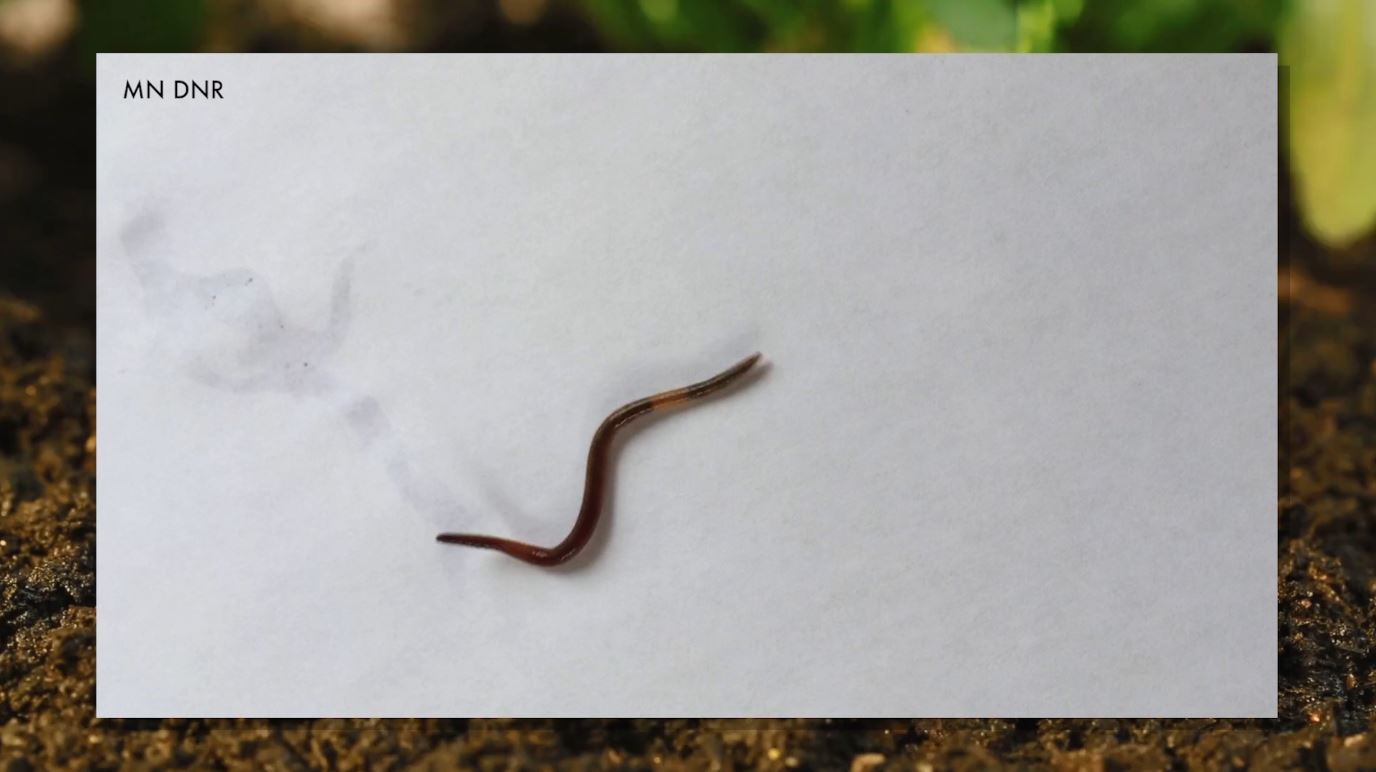How to identify invasive jumping worms
[anvplayer video=”5182384″ station=”998130″]
Jumping worms are invasive, and Ryan Hueffmeier, director of UMD’s Boulder Lake Environmental Learning Center, knows how to spot them.
“Jumping worms are an earth worm,” he said. “They originate in eastern Asia. They arrived we think primarily through the horticultural trade.”
He says they move more like snakes than worms, but they’re about the same size as a nightcrawler.
They live in the top layers of the soil, Hueffmeier said.
“When we think about the worms that we’ve been playing with for a long time – these are European in origin – they’re primarily in the forests that we see. And when we have them in our garden, it’s typically a sign of a healthy garden. Well, jumping worms because of their voraciousness and their appetites, they can really consume a lot of that organic matter in your garden and potentially have negative impacts on your gardens.”

Minnesota DNR
The worms were noticed in southeastern Minnesota when gardeners noticed their gardens disappearing. They’ve moved up to the Twin Cities area, and the furthest north report is in Otter Tail County.
“They’re not here yet,” Hueffmeier said, “and the greatest thing we can do with invasive species is not introduce them in the first place.”
To prevent that, he suggests doing your due diligence: learning how to identify them and ensuring the places you’re buying product from are aware of the threat.